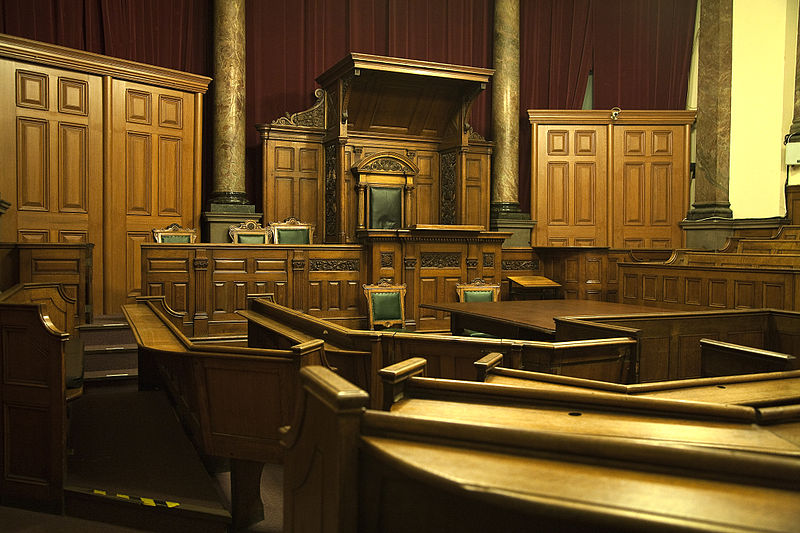The North Carolina Business Court’s new Rules went into effect January 1, 2017 and apply to every civil action designated as a mandatory complex business case or assigned to a Business Court judge, regardless of whether it was filed prior to the Rules’ effective date. They are meant to supplement, rather than supplant, the Rules of Civil Procedure and General Rules of Practice, but if there is a conflict with local rules or standing orders from the county of venue, the Business Court’s Rules will govern.
Part 1 of this topic addressed the changes in Notices of Designation, filing, electronic filing technology problems, motions practice, and emergency motions. For more information about those issues, please see Part 1.
Part 2 of this topic addressed the case management requirements and pretrial preparation process. For more information about those issues, please see Part 2.
Discovery Motions
Discovery motions often overwhelm the Business Court’s docket, so Rule 10.9 was implemented to require increased engagement between the parties and the Court before filing discovery motions. The pre-filing requirements in Rule 10.9(b) accomplish this task.
The requirements allow parties to submit a summary of the conflict not to exceed seven hundred (700) words. It must include a certification of a good faith effort to resolve the dispute which does not count against the word limit. Other parties may submit their own response, again, not to exceed seven hundred (700) words. Once the court reviews the summaries, it will either (a) schedule a telephone conference with counsel, (b) order the parties to file a motion and brief outlining the dispute, or (c) issue an order with further instructions.
If the Court telephone conference does not result in a resolution of the dispute, a party may file a discovery motion of 3,750 words or less (half the amount allowed for other briefs). Reply briefs are only permitted if the Court requests one and are subject to the same word limit.
Discovery Process
Rule 10.1 explicitly declares the parties should cooperate in order to ensure effective discovery. Rule 10.2 requires attorneys to discuss discovery and document preservation issues no later than seven (7) days before the Case Management Meeting. Such issues include identifying custodians of discoverable electronically stored information (ESI), the location and sources of the ESI, and the logisitics and expenses of preserving and collecting the material. Attorneys must also discuss the client’s duty to preserve potentially discoverable materials.
Rule 10.3 requires that during the case management meeting, or at least thirty (30) days after that meeting, parties engage in a discovery management discussion. Every aspect of discovery should be discussed including proportionality, phases of discovery, and ESI protocols.
As a supplement to Rule 26(b)(5) of the N.C. Rules of Civil Procedure, Rule 10.5 of the Business Court provides guidelines regarding privilege logs. Parties are encouraged to agree on the form of privilege logs as well as the date those logs will be served. The privilege logs should be created using broad categories in order to limit unnecessary expenses and burdens in producing the log.
Rule 10.7 limits a deposition to seven hours of time on-the-record, unless the parties agree to another arrangement. Rule 10.7(b)(4) directs counsel and witnesses not to engage in private, off-the-record discussions “while a question is pending except to decide whether to assert a privilege, discovery immunity, or Court-ordered limitation on discovery.” The revised Rules remove the former Rules provision that these private, off-the-record conferences are prohibited while a deposition is pending. However, the Rules warn of sanctions for behavior designed to delay the deposition process or is otherwise unfair to the deponent.
Protective Orders
Rule 5 contains clarifications for the procedures required for seeking a protective order and filing under seal, two procedures to prevent public disclosure of documents containing sensitive or confidential information. Rule 5.1 directs parties to limit the materials they wish to file under seal to only those necessary to file under seal. It also encourages parties to agree on terms for a proposed protective order, provided they also conform to the requirements by the Court.
There are two ways to file under seal. The first way is Rule 5.2(a). It provides a Court may enter a protective order under Rule 26(c) of the Rules of Civil Procedure. The second, Rule 5.2(b), addressed circumstances where there is no protective order. If this is the case, any party can file a motion to file under seal. For each avenue, the party must submit a public version, likely redacted, of the document. The revised Rules require the party filing under seal to provide enough information in their motion for the Court to make a determination as to whether it is appropriate to seal the document.
That information includes a non-confidential description, the circumstances that warrant sealing, and any reasons why no reasonable alternative to sealing a filing exists. If applicable, the motion must also include “a statement that the party is filing the material under seal because another party (the “designating party”) has designated the material under the terms of a protective order in a way that triggered an obligation to file the material under seal and that the filing party has unsuccessfully sought the consent of the designating party to file that materials without being sealed.” Such motions are due the day the materials are submitted and not required in advance.
If you have questions about the new Rules, it is wise to consult an attorney who can guide you through the process. Please call, e-mail, or visit us as www.lindleylawoffice.com.





